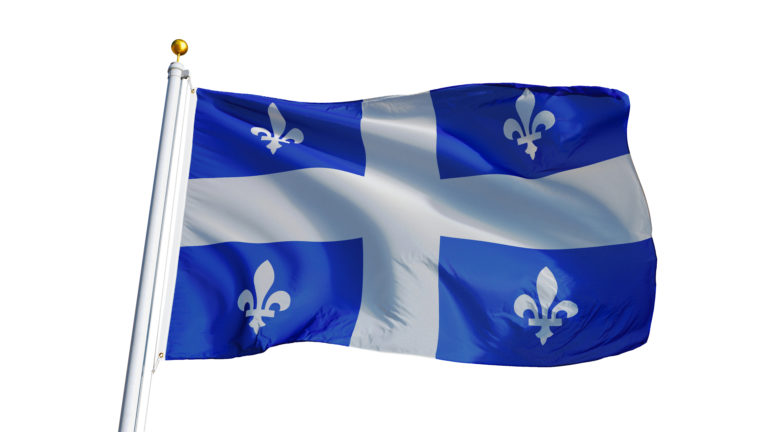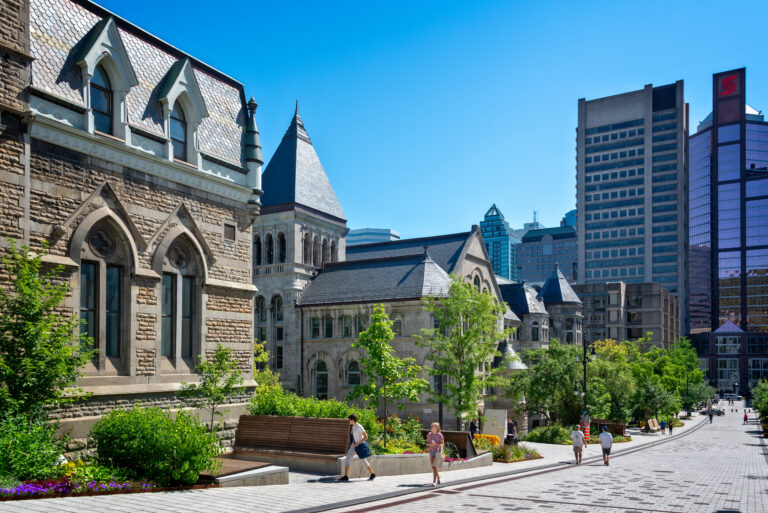Before the end of March, tens of thousands of Ukrainians are expected to enter Canada. This is the deadline for those looking to escape the violence stemming from the Russian invasion to come to Canada on temporary emergency visas.
Ottawa has issued 936,293 such visas since March 2022 for Ukrainians who want to work or study in Canada for the duration of the war.
As of November 28, 210,178 individuals had actually made it to Canada.
More than 90,000 emergency visa holders are considering coming to Canada before the deadline, as per pre-arrival surveys by Immigration, Refugees and Citizenship Canada and Operation Ukraine Safe Haven.
CBC wrote that thousands of Ukrainians are expected to fly to Manitoba alone before the March-end expiry date.
Read More Canada Immigration News
International Students In Canada: Top 10 Most Important Source Countries
Report Says Two-Step Canada Immigrants Earn More Than One-Step Newcomers
IRCC Says Canada Has More Than One Million International Students
The province has accepted more than 20,000 Ukrainians since the beginning of the war, as per Joanne Lewandosky, resident of the Ukrainian Canadian Congress Manitoba Provincial Council.
“They’re running from a war. It’s traumatic … They’re leaving their friends, they’re leaving their home,” she said.
“We must work with integrating them and making them feel that they are at home.”
The Operation Ukraine Safe Haven project was created as a “national and coordinated communications initiative to bridge and link communications and resources with key stakeholders involved with supporting Ukrainians coming to Canada.”
“A National Secretariat was established under OUSH-OHPU to focus on post arrival planning phase for Displaced Ukrainians coming to Canada,” reads the program’s website.
“This includes national communication objectives, including referrals for housing offers, donations, volunteers, jobs, and other key orientation resources and communications from provinces and territories.”
Sarosh Rizvi, the organization’s executive director, believes that the next few months will witness a significant increase in the number of Ukrainians coming to Canada in comparison to previous months.
IRCC has been proactive in bringing Ukrainians to Canada temporarily and permanently. It has introduced new immigration streams for them, and will expand settlement services for Ukrainians moving to Canada. The various pathways for this travel include the Canada-Ukraine authorization for emergency travel (CUAET).
Support services for new Ukrainians were primarily derived from community members, who donated clothes and furniture, and businesses, which offered people jobs. Some people even allowed refugees to stay with them at their homes.
Watch Video:
However, people still struggled – despite all these support mechanisms – to find a place for their families to stay while they recovered to their feet.
The support has weakened as the second anniversary of the Russian invasion comes around the corner, wrote The Canadian Press.
“We don’t have the level of public interest that we did two years ago,” Rizvi said in an interview.
The founder of Pathfinder for Ukraine, which is another group dedicated to helping Ukrainians with Canadian immigration, said that “it’s a resource-intensive, costly, emotionally distressing decision to make that move across an ocean.”
“”For many people, Canada is the right choice, but for many of them it’s not,” further added Randall Baran-Chong.
According to him, success in Canada is heavily dependent on adaptability, family ties to Canada, language ability, willingness and ability to work, and financial support.
People holding the special visa who arrive after March 31 can still come to Canada, but will be ineligible for the three-year work or study permit under the program, and will not be entitled to any financial or settlement supports.









